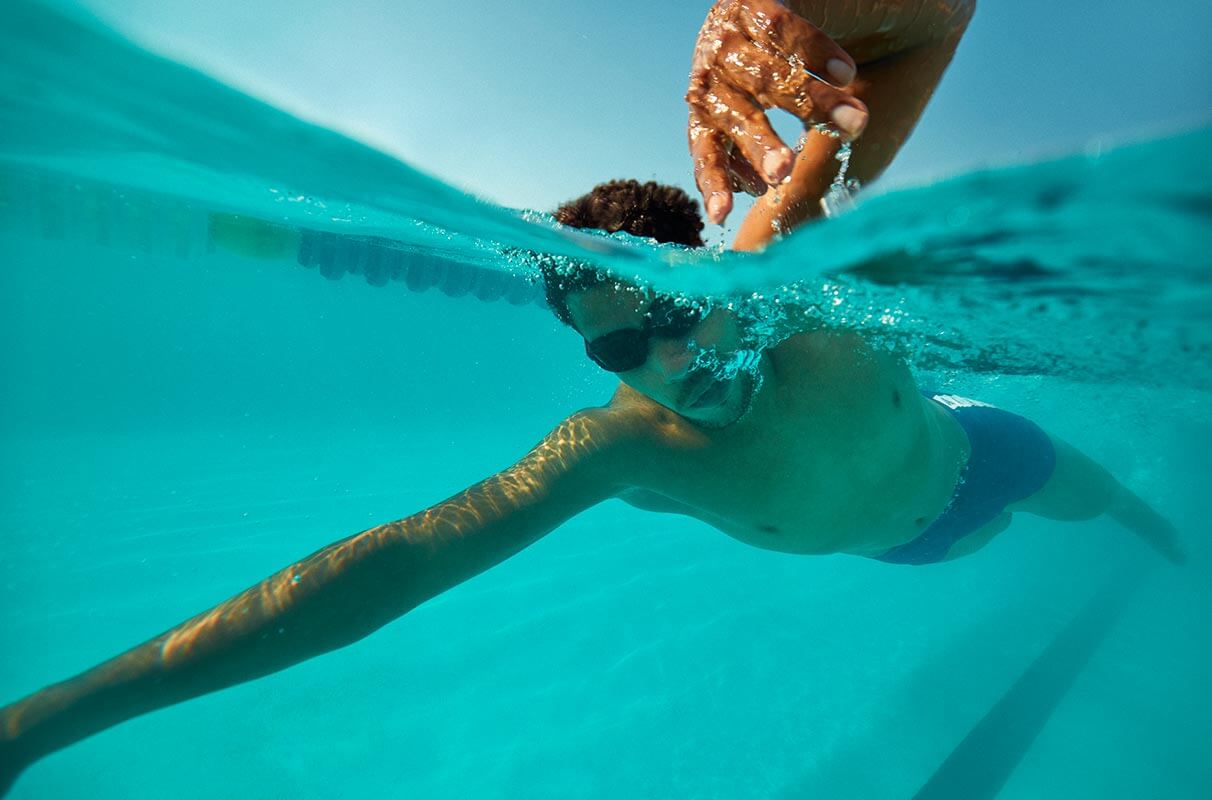Cross-training can be done in the winter by ice skating or cross-country skiing. Winter can make it harder to run outside. Winter is colder and darker earlier.
Many runners seek out alternative cardio options in the winter. Swimming workouts can be a great option. Swimming workouts are great for burning calories. Swimming exercises engage many muscle groups. Swimming is a great low-impact exercise, especially for people with fragile joints or those who have recently recovered from an injury.
Why Swimming is a Great Cardio Alternative
The average swimming workout burns 500-800 calories an hour. This number is dependent on your speed and the way you execute your movements. Swimming workouts can be beneficial for athletes who are new to running. They will get more cardio without the risk of injury.
Basic Endurance Swim Workout
Warm-up for 10 minutes in the stroke of your choosing.
Accelerations for 5 minutes over a distance of 25-50 or 100m. Slowly begin and gradually increase your speed until you reach the maximum.
Improve your technique with 10 minutes of drills. Included are exercises that improve your technique.
Gliding Exercises: Improve your body position on the water
Exercises for improving your propulsion on water (sculling)
Exercises to improve technique for a particular stroke (e.g. freestyle).
Choose from general technique drills like closed-fist Freestyle, kicking with the hips or keeping a high elbow grab. Or you can select specific exercises that a coach has recommended.
Choose a distance of between 25 and200 m depending on your fitness level. You can swim this distance as often as you like within the time available. Rest for 20-30 second after each interval. Choose a pace that is challenging but not too fast. You should try to time your first interval with a stopwatch, and then maintain that pace for the subsequent intervals. It will not only improve your cardiovascular system but also push your muscles to the limit, helping you burn calories.
Cool-down for 5 minutes to finish the workout.
Swimming Exercises: Tips to Improve Your Workout
Intense endurance exercise causes the body to burn a large number of calories, and as is often desired, a great deal of fat calories. Be careful, though: It also burns many carbohydrate calories.
It is important because the body has a limited amount of carbohydrates to burn. These are stored as glycogen. Your body will send a warning if your glycogen reserves are low. How can you tell? You get hungry. You should eat a variety of balanced foods both before and after swimming. You should train at a slower intensity and for longer periods if you want to burn fat more than carbohydrates. This is called extensive endurance.
You will not feel hungry after your workout. It also burns more fat.
Cons of extensive endurance training: The calories burned per hour is lower than intense endurance training.







